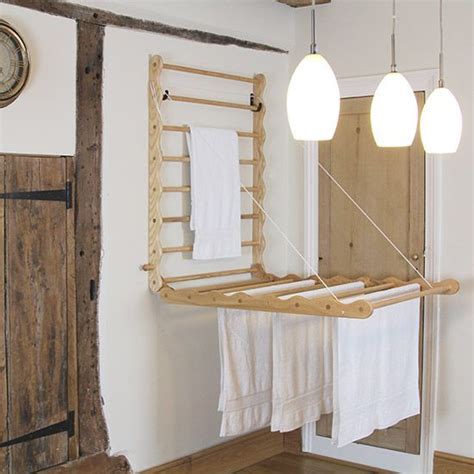Laundry has always been a significant part of our domestic routines, and innovations in this domain continue to strive for the perfect balance between efficiency, convenience, and sustainability. The Japanese approach to clothes-drying in bathrooms represents an interesting intersection of these ideals. Rooted in simplicity yet brimming with ingenuity, this method is a testament to Japan’s dedication to maximizing utility within limited spaces.
The concept behind Japan’s clothes-drying bathrooms is elegantly straightforward. By embedding a heat pump into the bathroom ceiling and utilizing dehumidified warm air, these systems can transform a standard bathroom into an effective drying space. This setup operates by blowing warm air down onto clothes hung in the bathroom, thereby accelerating the drying process. In theory, it sounds like an easy solution to managing laundry, especially in dense urban environments where outdoor space might be a luxury.
However, the practicality of this approach prompts a myriad of discussions, especially in terms of energy efficiency. Kibwen, a user who echoed many of these sentiments online, pointed out the inefficiencies inherent in traditional tumble dryers, noting that ‘Every time you clean out your lint trap, you’re collecting the shreds that have been torn off your clothes by the dryer.’ This loss signifies not just wear and tear on the garments but also a somewhat wasteful use of energy.
Conversely, some argue, as another commenter cpncrunch does, that heating the entire room for three hours might be less efficient compared to a more targeted heat application in a traditional dryer. However, it’s crucial to highlight that the objective of these Japanese systems isn’t merely to heat the room but to maintain an environment conducive to evaporation, thus preventing clothes from becoming musty. As kibwen elaborates, ‘you’re definitely not just heating a small space’ with traditional dryers, given the significant amount of exhaust that releases warm air outside, essentially wasting energy.
A significant cultural and technological divide becomes apparent when considering the global context. Many European countries have long since favored more energy-efficient condensation dryers over the vented variants common in the United States. Filligree, another commenter, contrasts these practices by noting that heat pumps, while common in many appliances, are not as prevalent in American dryers. These systems offer a marked improvement in efficiency by maintaining a sealed environment that recycles heat, a method vastly different from conventional dryers that expel warm air.
Interestingly, the Japanese system’s reliance on heat pumps seems to mirror the growing global trend towards these devices. Heat pumps are becoming more common thanks to their efficiency. Modern heat pump dryers, for instance, can be up to four times more efficient than their resistive heating counterparts. Commenter dymk summarizes this well, stating, ‘It uses a heat pump, so it’s certainly much more efficient than a dryer that uses gas or resistive heating element.’ Yet, the adoption rates of these technologies can vary significantly by region due to differences in energy costs and cultural habits.
Real-world efficacy remains a mixed bag. Deinonychus shares personal experience from using such a system while vacationing, noting, ‘The entire setup was very interesting but required the specific bathroom/shower layout and added a lot of friction to my day.’ The experience showcases the duality of convenience and limitation that these systems can represent. For smaller loads or as an emergency option during rainy seasons, they can be a lifesaver. But for individuals with high laundry demands or shared living situations, the coordination required could outweigh the benefits.
Ultimately, Japan’s innovative approach to clothes-drying in bathrooms underscores a broader trend towards sustainable and efficient home technologies. While not universally applicable, especially in countries with different climatic and cultural contexts, these systems represent an intriguing alternative to traditional methods. The discussion, as seen through the myriad of user comments, highlights that the most effective solution often resides in adapting technology to fit specific needs and contexts, rather than a one-size-fits-all approach.


Leave a Reply